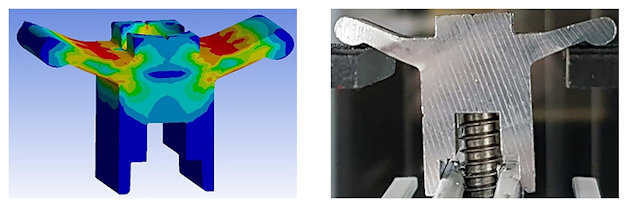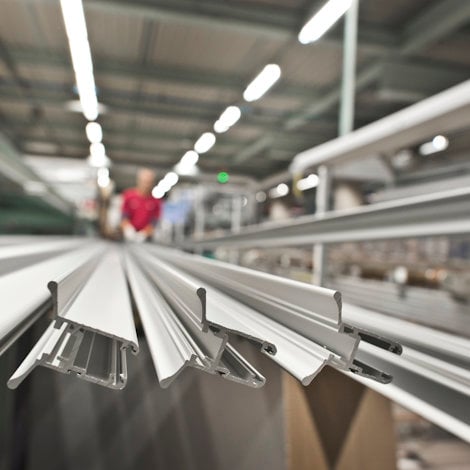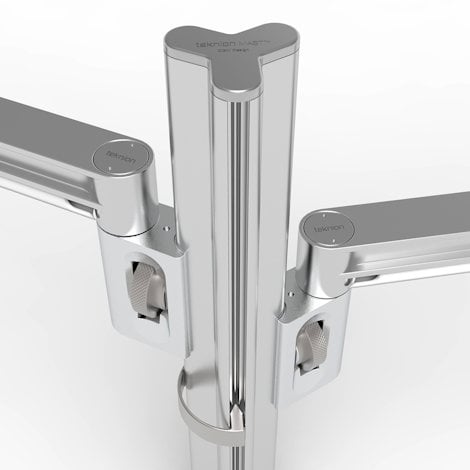How the finite element method can save time and costs with your aluminium design
The finite element method is a digital way of solving physics problems. It is a method we use to help you save time and costs on your aluminium design. Let me explain how it can help you.
Designing parts costs time and money. You come up with a design, ask us to manufacture a prototype, which is promptly tested, and then maybe we discover that some engineering changes need to be made. Tweaks. And we repeat the process.
One could also imagine that the designed part is oversized. An optimization of the part will not only allow a gain of material but can also lead to a simplification and a gain in manufacturing.
The finite element method (FEM) enables you to reduce the time and money you spend on these processes.
FEM for prototypes
FEM consists of dividing the domain to be studied into small elements, also called mesh, and then finding a simplified formulation of the problem for each element. A window fitting could be an example.
The "sum" of all the individual reactions will provide the overall behavior of the system, or part, that is subject to mechanical or thermal stresses in particular.
This computerized modeling helps produce real virtual prototypes during the design of a system in order to facilitate its optimization. At that point, we can then launch this as an actual tested prototype.
When done by experienced people, the correlation between the calculated results and those of the tests is very good, and this represents time and money savings during a study.
Finite element calculations only one time
Here is an example, with illustrations.

The first picture (above left) gives us the first look at a 3D digital model of a part that the development team has designed.
Now, in the next illustration (above right) we see the same model meshed to which a material has been assigned, where its movement in space is limited, and where a loading has been applied (two vertical forces on the two arms of the part). The meshing is a very important step, affecting the time and precision of the calculation.
In the third illustration (below left), we can view the result of the calculations, using colored areas, with the distribution of the stresses in the deformed part. Based on the analysis of the deformations and stresses, we can either accept the part as it is, or make modifications.
The last illustration (below right) shows us the test result on the actual part, as defined by calculation. This provides the final validation of the design.

Again, thanks to finite element calculations, the design is good at the first time. This avoids redefining the part, launching a new prototype and repeating the test, if the result is not good. There is an actual time and cost saving.








